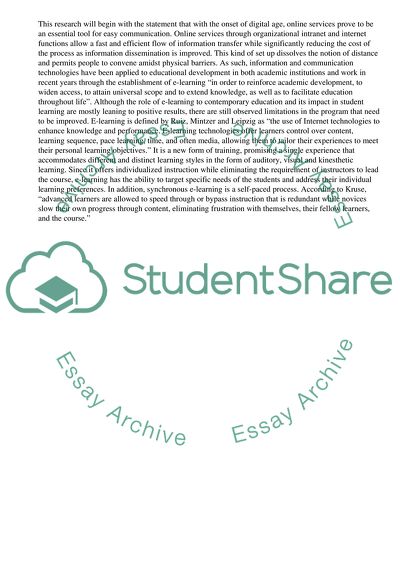Cite this document
(“E-Learning: Advantages and Limitations Research Paper - 1”, n.d.)
E-Learning: Advantages and Limitations Research Paper - 1. Retrieved from https://studentshare.org/management/1609694-e-learning-advantages-and-limitations
E-Learning: Advantages and Limitations Research Paper - 1. Retrieved from https://studentshare.org/management/1609694-e-learning-advantages-and-limitations
(E-Learning: Advantages and Limitations Research Paper - 1)
E-Learning: Advantages and Limitations Research Paper - 1. https://studentshare.org/management/1609694-e-learning-advantages-and-limitations.
E-Learning: Advantages and Limitations Research Paper - 1. https://studentshare.org/management/1609694-e-learning-advantages-and-limitations.
“E-Learning: Advantages and Limitations Research Paper - 1”, n.d. https://studentshare.org/management/1609694-e-learning-advantages-and-limitations.


